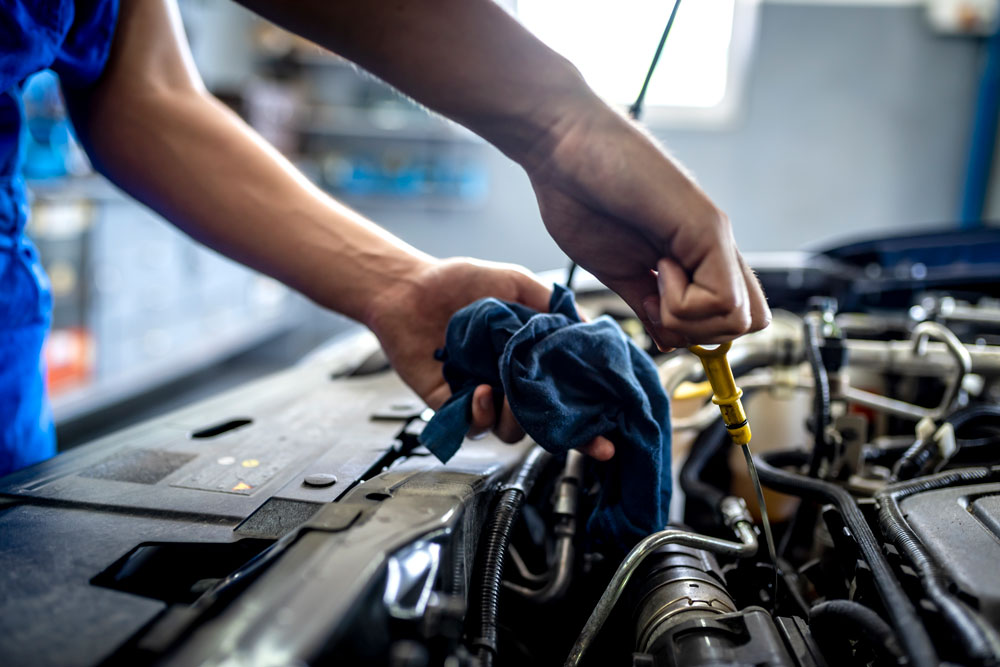Tips for tuning your vehicle when you have not driven it in a while

A combination of summer and COVID-19 might have meant that you walked or rode your bike more and drove less. If you have not driven your car lately, a tune-up is highly recommended for fall and winter.
Tires
Properly inflated tires are essential for safety and good fuel mileage. Make sure the air pressure in your tires is still adequate by using a gauge and referring to the sticker on the doorjamb or your owner’s manual. Also, inspect your tires for damage or wear. Replace them if needed. Rotate your tires regularly to prolong their life.
Battery
Check your battery periodically, looking for corrosion and wear. The terminals can become covered with buildup, causing difficulty when starting your car. You can clean them using a toothbrush with baking soda and water. Your battery should be replaced every 4-5 years.
Oil
Use the dipstick to check your car’s oil. Check the oil level and top it up if it is low. If it is dark or has sediment, change the oil. You should also replace the oil filter with every oil change.
Brakes
Test your brakes on an empty road by pumping at a slow speed. They should react immediately and the ABS should engage. A delay or any grinding or squeaking means your brake pads might need replacing. How quickly your brake pads wear down depends on your driving habits and the brand you use.
Lights
Have a friend apply the brakes, flash the headlights, and turn on the signals while you walk around the car. Make sure all the lights work and are clean.
Fluids
Check all fluids in your vehicle including windshield washer fluid, transmission fluid, power steering fluid and coolant.
Power steering fluid is located in the engine compartment and levels are different for a hot engine and a cold one, so check the owner’s manual for instructions.You should check the coolant when the engine is cold, never when it is hot, because radiator fluid will shoot out.
The transmission fluid dipstick should be easy to find but you can check the owner’s manual if you are not sure where to find it. The fluid should be mostly clear and at the appropriate level.
Brake fluid should be clearly labeled and shouldn't need topping up unless there is a problem with your brake system. If it is low, you need to have your brake system checked. Make sure to dispose of all fluids (including oil) at an appropriate facility; do not pour them down a drain.
Air filter
Your air filter is square or rectangular and has an intake hose on the housing. You may be able to remove the air filter and clean it with compressed air but have a spare filter available in case the old one rips.
Wiper blades
Check your wiper blades for damage and see if they are loose, cracking, or leave streaks on your windshield. Wiper blades are easy to pull off and replace with new ones.
Spark plugs
Spark plugs should be replaced regularly to prevent your engine from stalling. They are inexpensive and easily replaced, so it is a good idea to replace them all instead of one at a time.
Belts
Inspect the belts under your hood for damage. If there is squeaking during turns or when starting the engine, you might need a new belt.



.jpg?300x300)